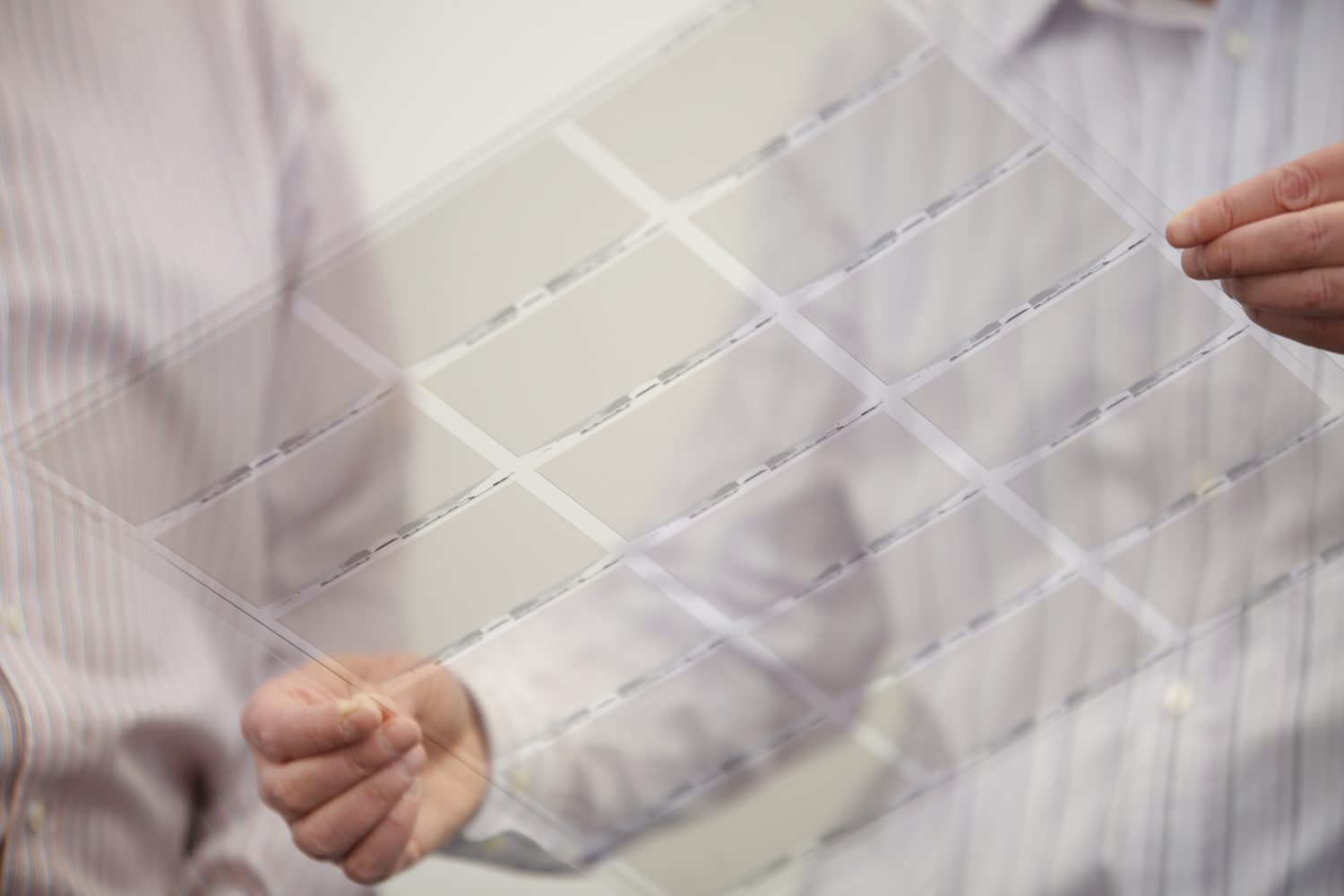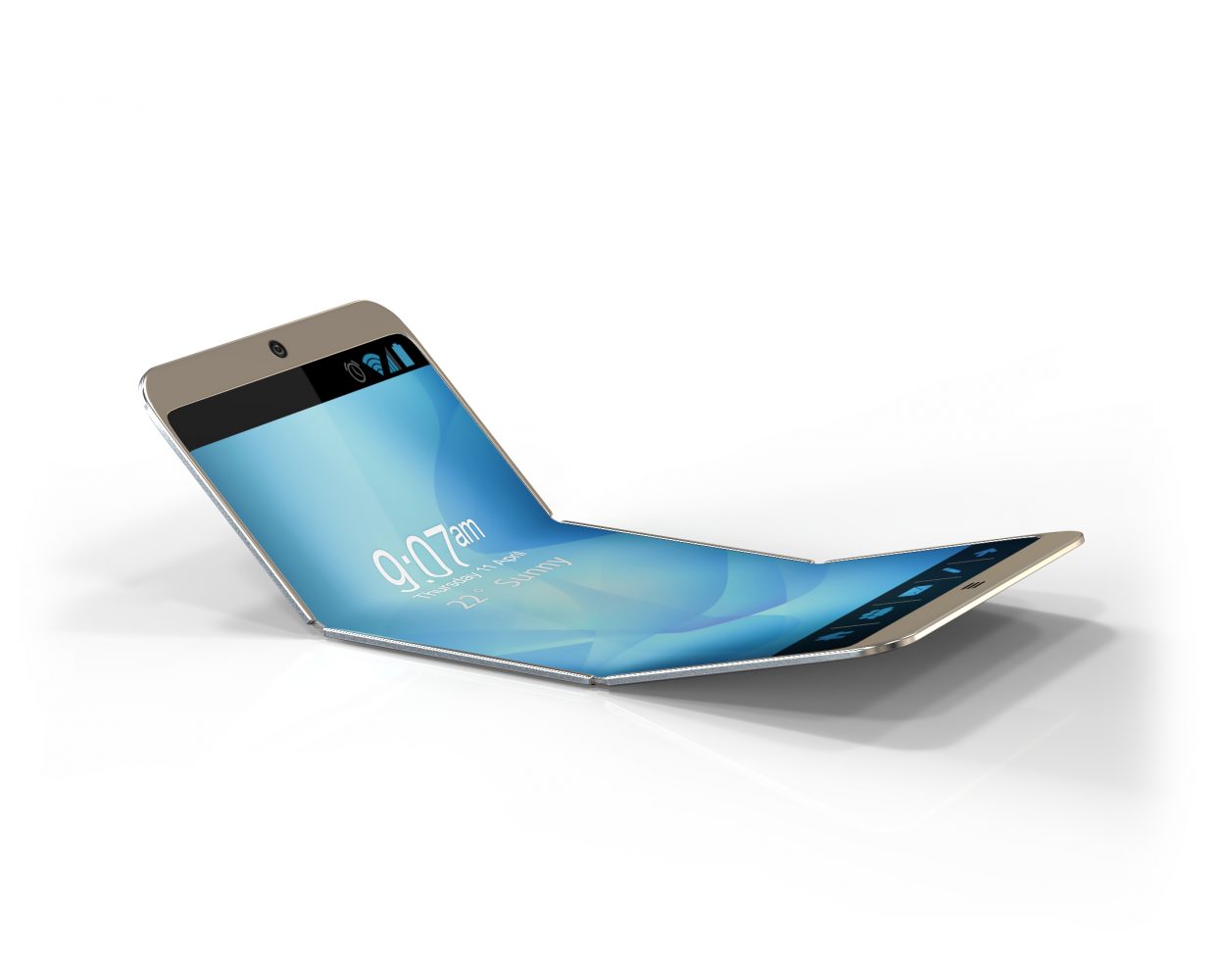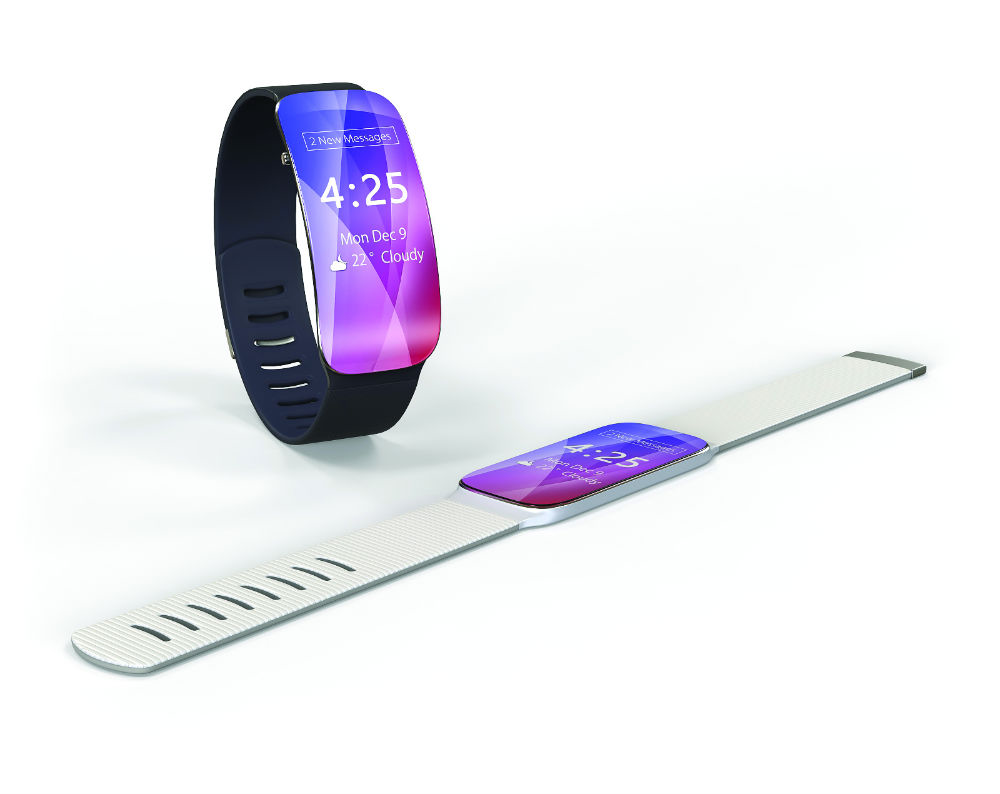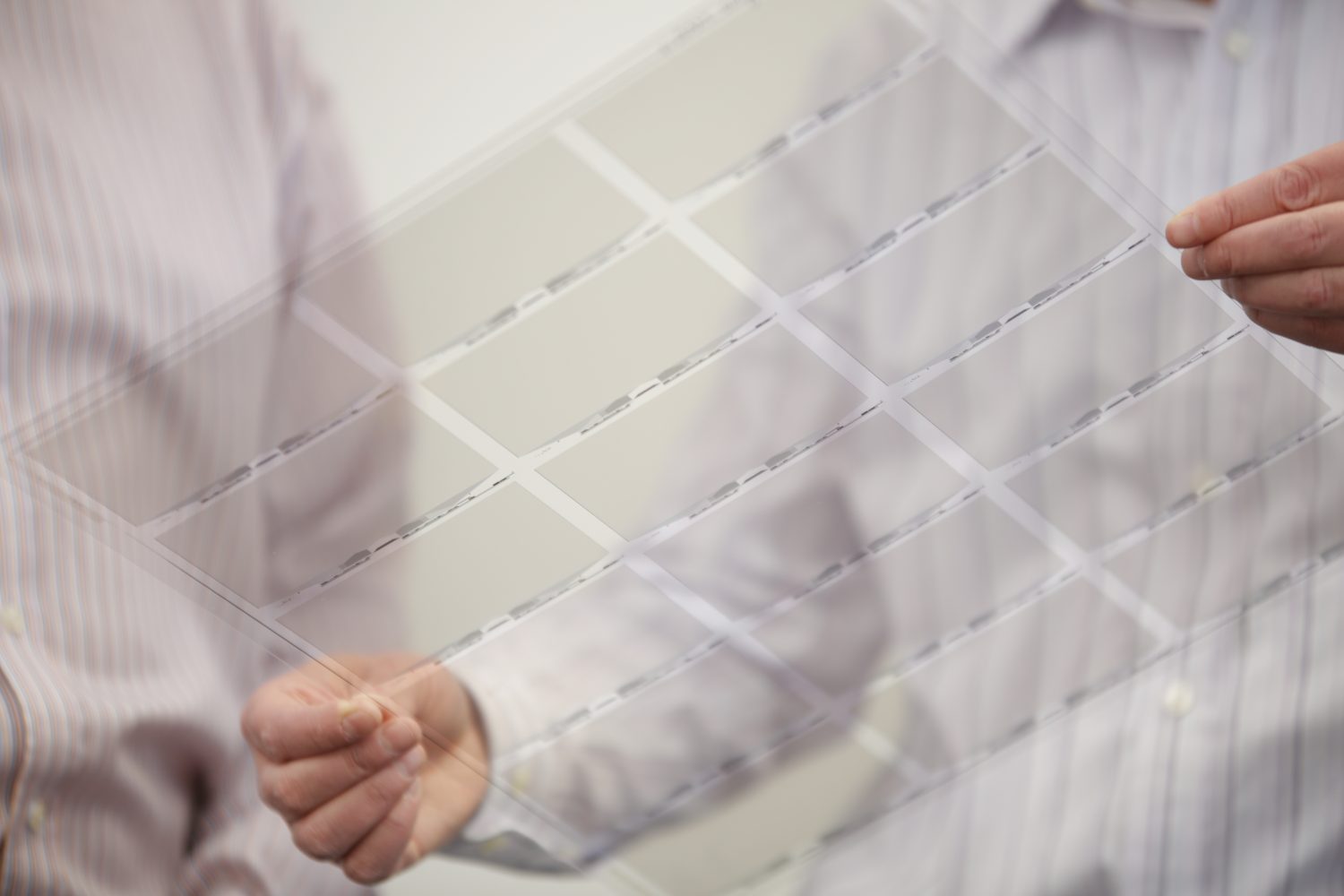truFLEX offers a thin film transistor platform that can be coated onto low cost plastics at a low temperature which is more economical, energy efficient and environmentally friendly. The displays are also much lighter, have thinner form factors, and are unbreakable, while being easily scalable to large displays.
Bev Brown, SmartKem
SmartKem is a leading manufacturer and supplier of organic semiconductor and electronic materials, that enable the creation of thin film transistors on plastic, which can be used to drive high-tech OLED and LCD displays. In a short period of time, the company has gone from start-up to thriving international company, and it’s still expanding.
The display industry is evolving rapidly, demanding that next-generation, wearable, mobile, automotive and embedded electronic displays are more lightweight, robust and flexible. SmartKem has developed truFLEX® – organic semiconductors that are able to be printed onto flexible polymers as thin as a piece of clingfilm. The technology replaces silicon backplanes – which are rigid – with something that is completely flexible, rollable or even foldable!
Bev Brown, CTO at the company, explained: “It’s an exciting area which is evolving quickly. Foldable phones and wearable technology are just a couple of popular applications. If you look at the current smart watches and fitness trackers on the market, they have fairly clunky, thick electronics and their faces are rigid. Our technology allows the development of much more ergonomic plastic bands – just a few millimetres thick – with a fully integrated flexible display. On a larger scale, printed sensors or conformable displays in the automotive industry are gaining a lot of interest. At the moment, even in high-end cars, the display is often a disappointing flat pop-up LCD touchscreen. However, flexible displays that are conformable to the shape of the dashboard are already at a prototype stage; they will offer more aesthetically pleasing interfaces for the customer, and are an exciting prospect for designers who will no longer be constrained by the need to designate a flat space for manufacturers.”
“There are additional benefits too; manufacturing silicon backplanes is typically very energy- and chemical-intensive. truFLEX offers a thin film transistor platform that can be coated onto low cost plastics at a low temperature which is more economical, energy efficient and environmentally friendly. The displays are also much lighter, have thinner form factors, and are unbreakable, while being easily scalable to large displays.”
“We’ve been able to develop our technology rapidly since 2014 when we gained funding from a consortium of high-quality investors, and we’re still expanding. We moved to Hexagon Tower because we needed an upgraded technical facility to support our growth, and the site offered us everything we needed. The main attraction was the geographical location and the pool of local chemical talent, especially in organic molecule synthesis, making recruitment of top-class chemists easier. The site itself also offered excellent facilities which are incredibly cost-effective; we’ve hosted some of the largest display companies in the world and our investors here, and they’ve been very impressed at the set-up we have,” Bev concluded.
To find out more about SmartKem, visit www.smartkem.com





